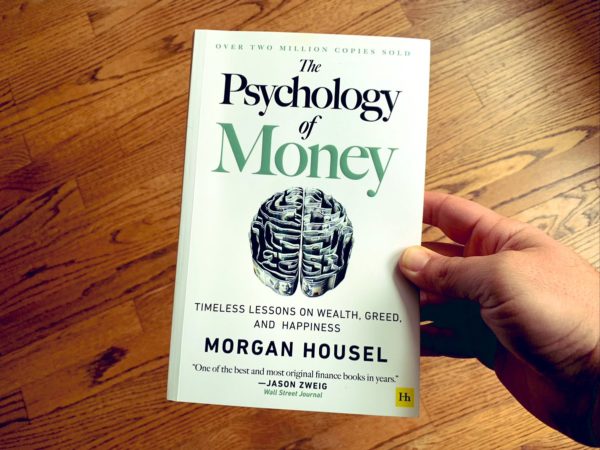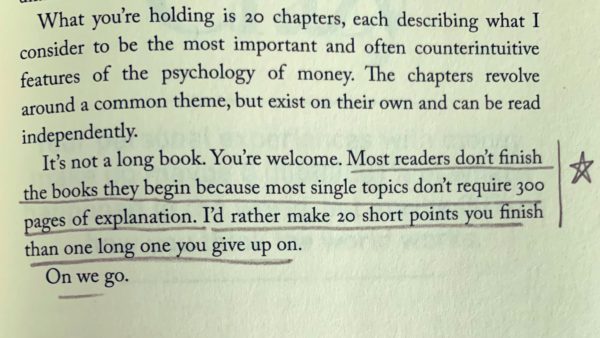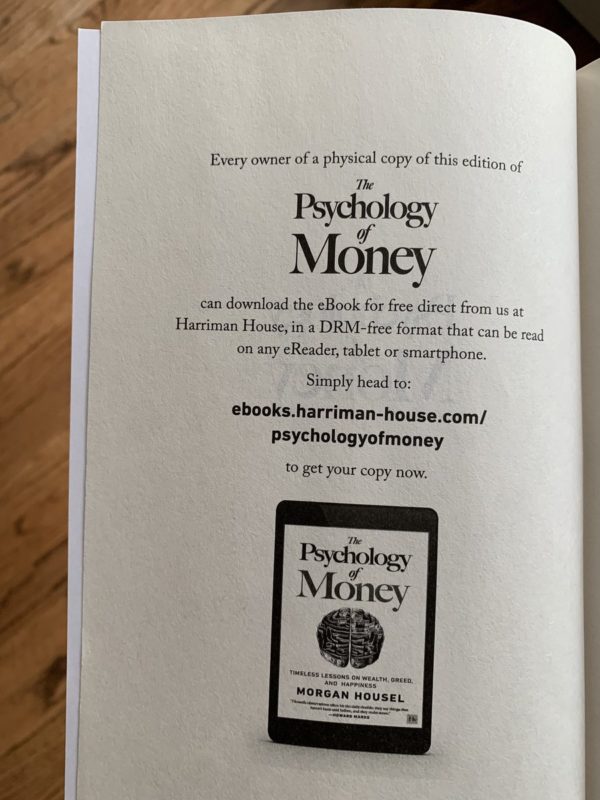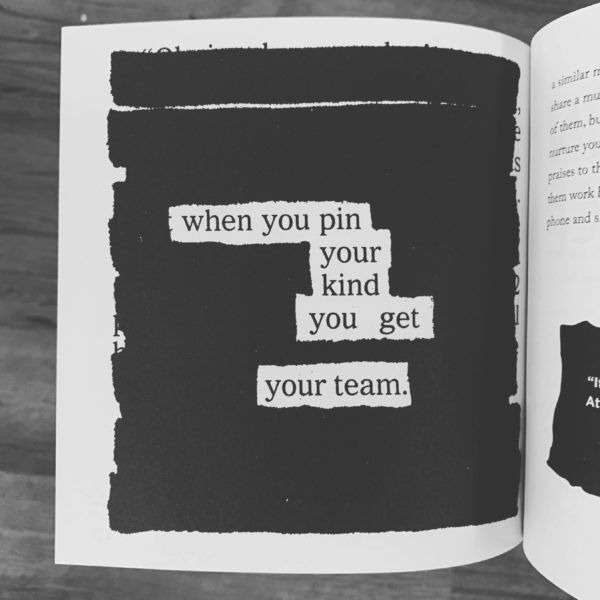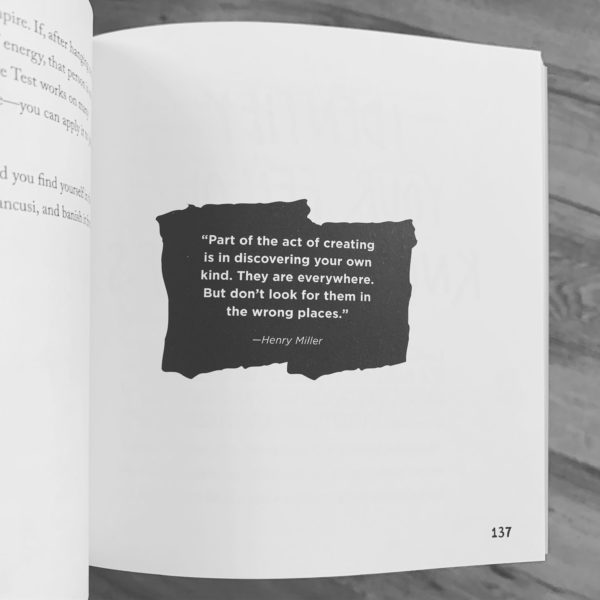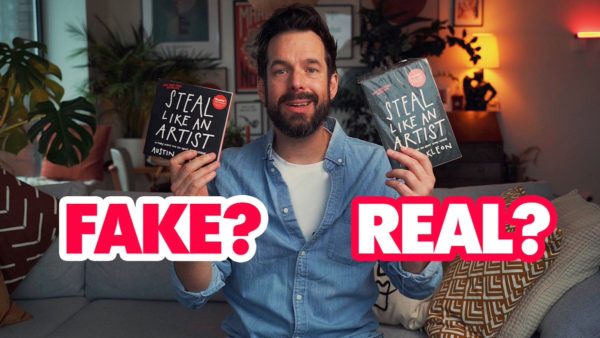
C. S. Lewis, in a letter to Arthur Greaves, 1932, describing the pleasure of a particular kind of marginalia, or reading with a pencil:
To enjoy a book like [Froissart’s Chronicles] thoroughly I find I have to treat it as a sort of hobby and set about it seriously. I begin by making a map on one of the end leafs: then I put in a genealogical tree or two. Then I put a running headline at the top of each page: finally I index at the end all the passages I have for any reason underlined. I often wonder — considering how people enjoy themselves developing photos or making scrapbooks — why so few people make a hobby of their reading in this way. Many an otherwise dull book which I had to read have I enjoyed in this way, with a fine-nibbed pen in my hand: one is making something all the time and a book so read acquires the charm of a toy without losing that of a book.
Emphasis mine.
Alan Jacobs brought this to my attention, and we texted a bit about it. He pointed out that little kids have a tendency to ignore purpose-built toys in favor things they can turn into toys, like cardboard boxes, sticks, dirt, etc. (See: “Throw out the instructions.” As Alan put it, if you only follow the instructions for a toy — or a book — you get what you expect, no more, no less.)
It makes me wonder if irreverence towards an object is the first step towards turning it into a toy, a plaything.
One of my favorite designers, Bruno Munari, did a series of “libri illeggibili” (“unreadable books”) which seem to start with this irreverent spirit and resemble toys — objects you play with:

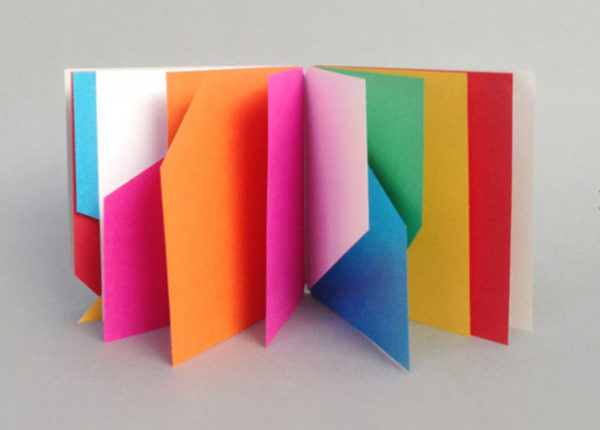
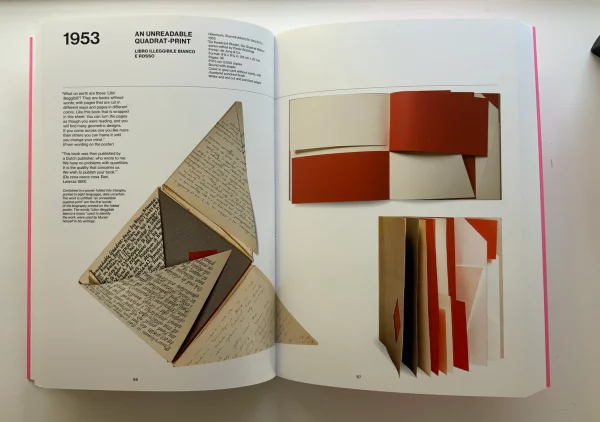
One thing these books do is highlight how interactive a paper book is, no matter the content — you turn the pages, you take them in. It’s your energy that unlocks whatever is on the page.
But the minute you become a little irreverent towards a book — underlining, dog-earing, scribbling arguments with the author — that’s the minute things really get cooking and reading becomes the act of making that C.S. Lewis was talking about.
When I was thinking about books as toys, chapter 88 of Grant Petersen’s Just Ride popped in my head: “Your bike is a toy. Have fun with it.”
IF YOU’RE SERIOUS ABOUT something, there’s a tendency to talk about the equipment for it as tools as opposed to toys. Tools are for work, for being productive and efficient; toys are for play. Tools cost more than toys, so there’s that, too. A wealthy amateur photographer with a Leica M9 wouldn’t call it a toy, nor would the shop that sold it. It’s “a tool for self-expression, a tool for communication, a tool for social change.” Calling it a toy will get you kicked out of the camera shop.
No matter how much your bike costs, unless you use it to make a living, it is a toy, and it should be fun. Whatever benefits accrue from riding won’t stop accruing just because you’re having fun. In fact, the more fun you have on it, the more you’ll ride it.
Montessori said play is the work of the child. Play is also the work of the artist. Can we get closer to play if we re-label our tools as toys?
